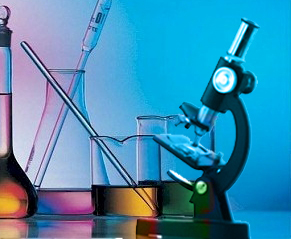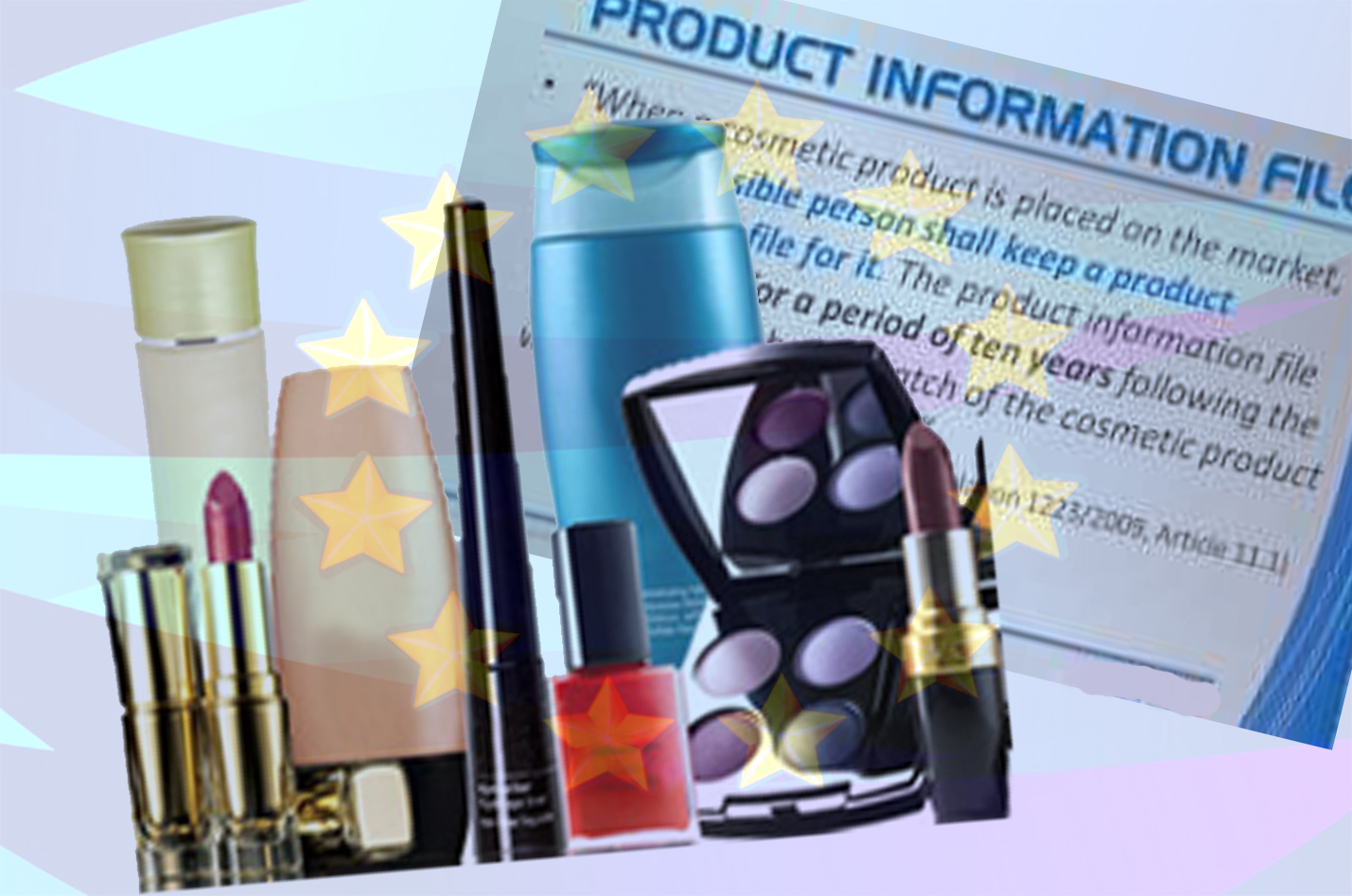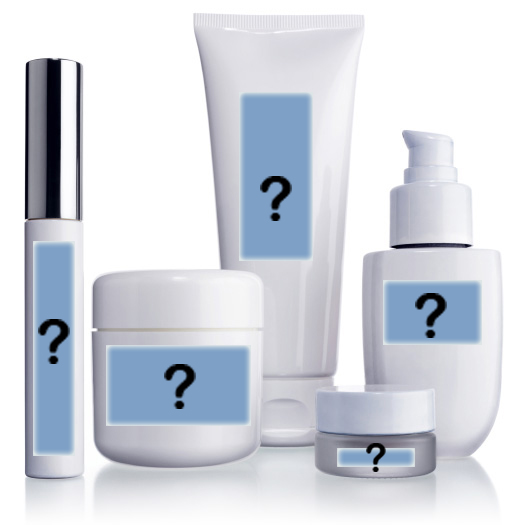July 2013 European Union Cosmetics Regulations
Recent changes to laws in the European Union have resulted in new requirements for personal care products. Certain ingredients are restricted, new labeling standards have been created, and a registry of cosmetic products is being created for all products legally for sale in the EU. Before you prepare to export your products to the EU, take a look at the questions you will need to consider. Links have been provided for convenience in accessing relevant documents, which can be downloaded as PDF files, and to EU sites with additional resources.
A cosmetic product is "any substance or preparation intended to be placed in contact with the various external parts of the human body or with the teeth and mucous membranes of the oral cavity, with a view exclusively or mainly to cleaning them, perfuming them, changing their appearance, and/or correcting body odors, and/or protecting them or keeping them in good condition."
If a product is on the fence between a cosmetic product and a
pharmaceutical, food or biocide, it may not qualify as a
cosmetic under EU law.
Download PDF:
http://ec.europa.eu/consumers/sectors/cosmetics/files/doc/manual_borderlines_version50_en.pdf

Check product ingredients carefully to be sure they are
permitted. The Cosmetics Regulation prohibits testing or
marketing finished cosmetic products and cosmetic ingredients on
animals. Nano-materials, if used, MUST be clearly indicated on
the labeling.
Download PDF:
http://eur-lex.europa.eu/LexUriServ/LexUriServ.do?uri=CONSLEG:1976L0768:20100301:en:PDF

New EU regulations which go into effect on July 13, 2013 require that a Product Information File (PIF) be prepared for each cosmetic product. The PIF must be accessible to authorities for inspections and to poison control centers for reference. In addition, a Cosmetic Product Safety Report (CPSR) must be compiled for every product placed on the EU market and included in the PIF.

Starting on 11 July 2013, only cosmetic products for which a legal or natural person is designated within the EU as ‘responsible person’ can be placed on the market. The responsible person must ensure compliance of the product. The Responsible Person will serve as the primary contact for the product’s compliance, and will have its name and contact information on the label.
The Responsible Person must also keep the product information file and safety assessment available and up-to-date, and will do the product notification. The responsible person would usually be the EU manufacturer or importer, the distributor (under certain conditions) or a third party.

The European Union has adopted label standards that must be met by any imported product. For detailed information on all label requirements, refer to pages 13-24 of the UK guide to EU standards (products destined for the UK do NOT have the same standards).
Download PDF:
http://www.bis.gov.uk/assets/biscore/consumer-issues/docs/guide-to-cpsr.pdf

Notification must be given to the proper authority for every product placed on the EU market. Note that there is no pre-market authorization. Cosmetic products do not require a CE mark. Cosmetics products only have to be notified before you can start selling them on the EU market. There are two ways to notify products:
National Notification - You should notify
the national competent authorities and poison centers once the
safety assessment has been carried out, and before you place the
product on the market. National notification may be done until
July 2013. A list of the relevant Competent Authorities is
available at this website:
http://ec.europa.eu/consumers/sectors/cosmetics/cooperation-trade/eu-level/national-contacts/index_en.htm

The EU has strict rules for internet marketing, internet sales, and direct sales.
For information on EU restrictions on internet sales and marketing, go to this website: http://ec.europa.eu/internal_market/e-commerce/index_en.htm
Where sales are conducted by unsolicited visits to a consumer’s home or work, specific rules apply.
Download PDF:
http://eur-lex.europa.eu/LexUriServ/LexUriServ.do?uri=OJ:L:1985:372:0031:0033:EN:PDF
There are currently no precise guidelines for making claims on products, such as “all-natural” or “organic”. The general rule is that “labeling, marketing, and advertising of cosmetics products, texts, names, trademarks, pictures and figurative or other signs cannot be used to imply that these products have characteristics or functions which they do not have.” If the product claims that its use will produce a certain effect, the PIF must contain information that proves the claim. The EU Commission is currently developing criteria for common claims. In the meantime, industry associations have stepped in and created their own certifications or collective trademark schemes, but these are not required. For information on European certification bodies, see

The easiest way to register your trademark is to file an application online through the Office for Harmonization in the Internal Market (OHIM). The online application will allow you to get recognition for your trademark throughout Europe.
To begin the trademark registration process or for more information, visit this website: http://oami.europa.eu/ows/rw/pages/index.en.do

